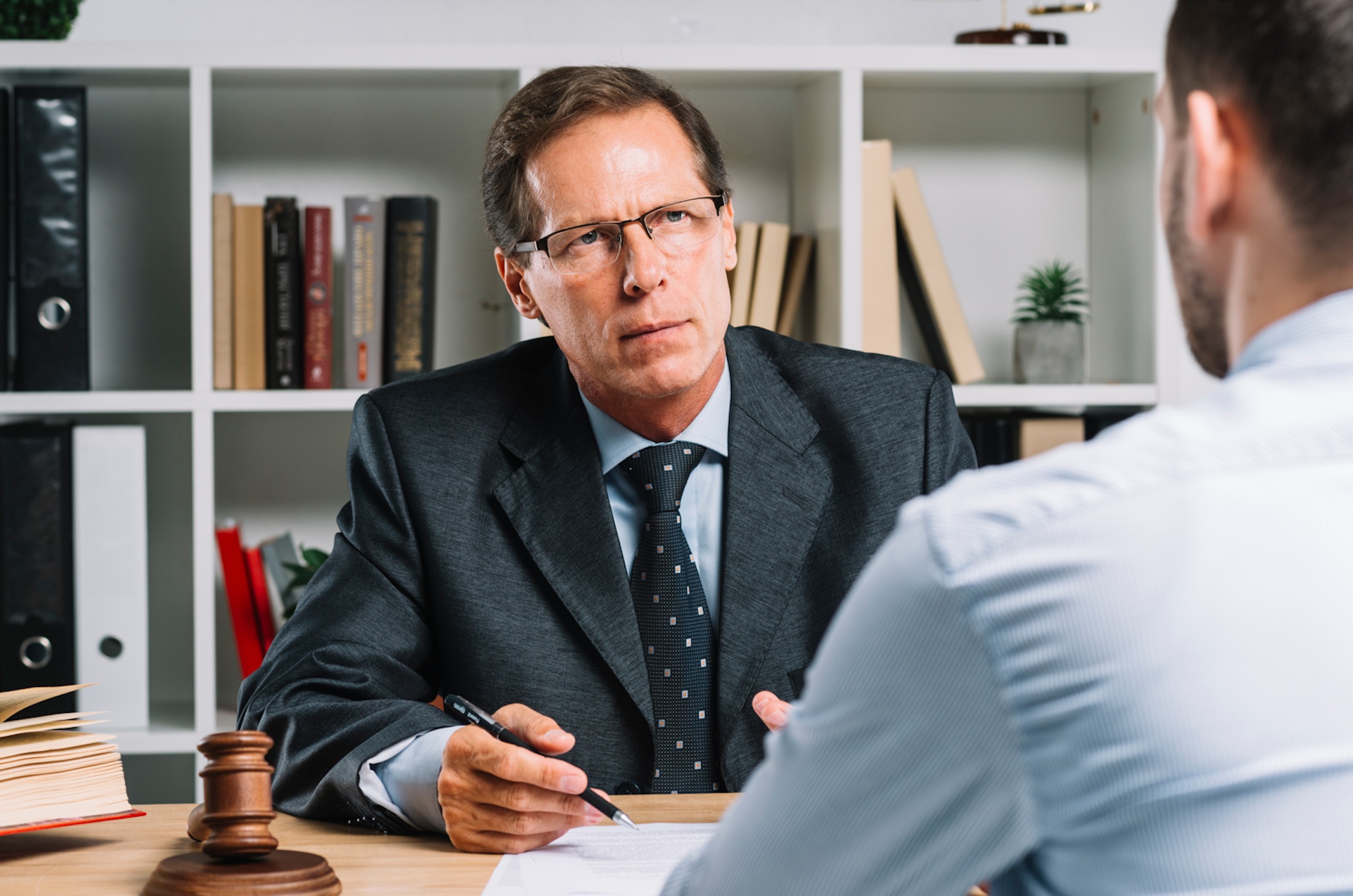Following these steps after an accident prepares you to handle the situation responsibly, thereby protecting your health and legal interests.
A car accident can be a sudden and overwhelming event, making it difficult to know what to do in the immediate aftermath. Even with pressure, certain actions are necessary to guarantee everyone’s safety and preserve crucial evidence. From ensuring the scene’s security to documenting details, these actions can have a significant impact on health, safety, and potential compensation for damages. This checklist breaks down five critical steps to take following an accident, providing you with a clear and effective strategy for dealing with the situation responsibly and effectively.
1. Ensure Safety and Call for Emergency Assistance
The first and most important step following a crash is to ensure the safety of all parties involved. Move cars out of traffic if at all feasible to avoid further accidents; turn on warning lights to alert other drivers. This quick response not only protects you and your passengers but also lowers the risks of approaching vehicles. Calling emergency services is crucial if anybody has been injured, as they may provide medical aid and help manage the accident scene. Emergency personnel, including police officers and paramedics, are trained to evaluate injuries and ensure that everyone receives appropriate care. Requesting a medical evaluation is important even if injuries are not obvious at first because certain conditions, like concussions or internal injuries, may not exhibit symptoms right away. The cornerstone of effectively managing accidents and preventing further damage is prioritizing safety.
2. Gather Detailed Information from All Involved Parties
Filing an insurance claim or legal lawsuit depends on collecting information as it establishes clear records of the accident details. Obtain contact information like names, phone numbers, license numbers, and insurance policy details from all drivers. Noting the vehicle information, such as make, model, and license plate numbers, which can assist in the later identification of the persons involved, is also crucial. Speaking with witnesses and collecting their contact details might also provide a neutral perspective that can support your version of events. Witnesses’ accounts are frequently useful in clarifying the circumstances, particularly when disputes arise about fault or events leading up to the accident. These details can help a vehicle accident attorney create a solid case for compensation, making thorough documentation an invaluable step after an accident.
3. Document the Scene with Photos and Videos
As a visual record of the accident scene, photographs and videos capture details that written reports might overlook. Clear, high-quality photos taken from multiple angles, including close-ups of damage and wide shots of the whole scene, help create a comprehensive view of the accident’s impact. Important components to record include the location of cars, any obvious damage, road conditions, traffic signals, and weather conditions, as each detail could help to explain the reason for the accident. Photos of any personal injuries can provide evidence of the actual damage suffered and might help with medical expenditures claims. If there is a legal conflict or insurance negotiation, this type of visual evidence can support your claim and help to define certain details.
4. Report the Accident to Your Insurance Provider Promptly
Since many insurance companies have rigorous claim deadlines, it is imperative to report the accident to your insurance provider promptly. Giving your insurance company a thorough record of the accident along with any gathered details and any pictures or videos helps them to process the claim efficiently. This prompt reporting also initiates an insurance investigation, during which adjusters assess the damage, analyze the fault, and determine coverage for repairs and medical costs. Effective communication with the insurance company guarantees they have all the information needed, therefore preventing coverage delays. Talking about the claim with your insurance upfront might also assist in preventing any disagreements or misinterpretations that can influence the result. Completely following this step guarantees a seamless claims procedure, helping you recover damages faster.
5. Consult with a Car Accident Lawyer to Understand Your Rights

After an accident, consulting with a reputable car accident lawyer can be beneficial, especially if you are dealing with significant damages, injuries, or fault disputes. Expert in accident claims, a legal practitioner can offer advice on negotiating the legal elements of your case thus safeguarding your rights. They may also help you negotiate with insurance companies, who may try to settle quickly with lower compensation than you deserve. If you are involved in a serious accident in Austin, for instance, involving an Austin car accident lawyer or one in your area helps you understand local laws, legal precedents, and the documentation required to support your claim, therefore raising the possibility of a favorable outcome.
Conclusion
Following these steps after an accident prepares you to handle the situation responsibly, thereby protecting your health and legal interests. From ensuring safety and recording the scene to consulting with a lawyer, each action supports a comprehensive approach to accident response that promotes recovery and accountability. Taking these proactive steps gives you peace of mind, knowing you’ve gathered evidence and support for your claim.


Join the conversation!